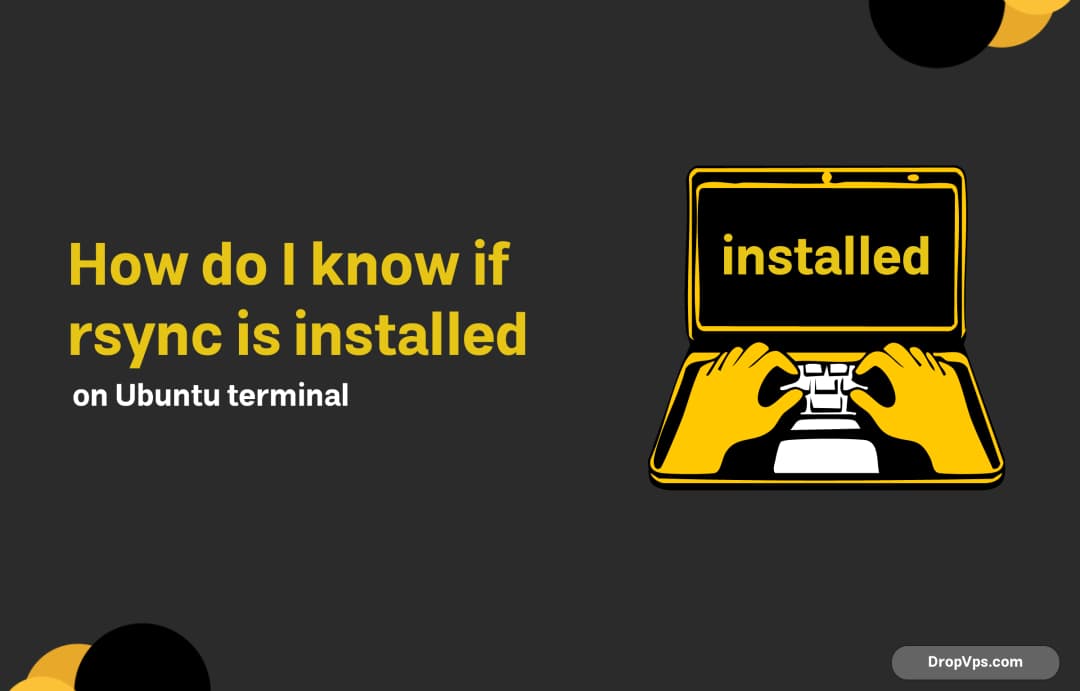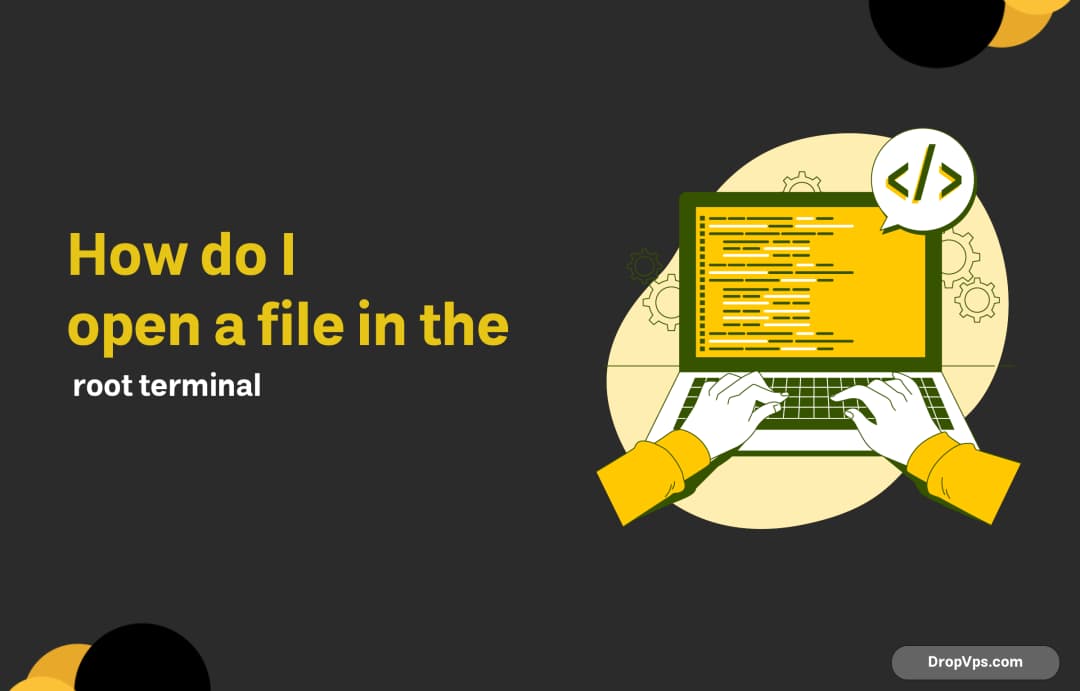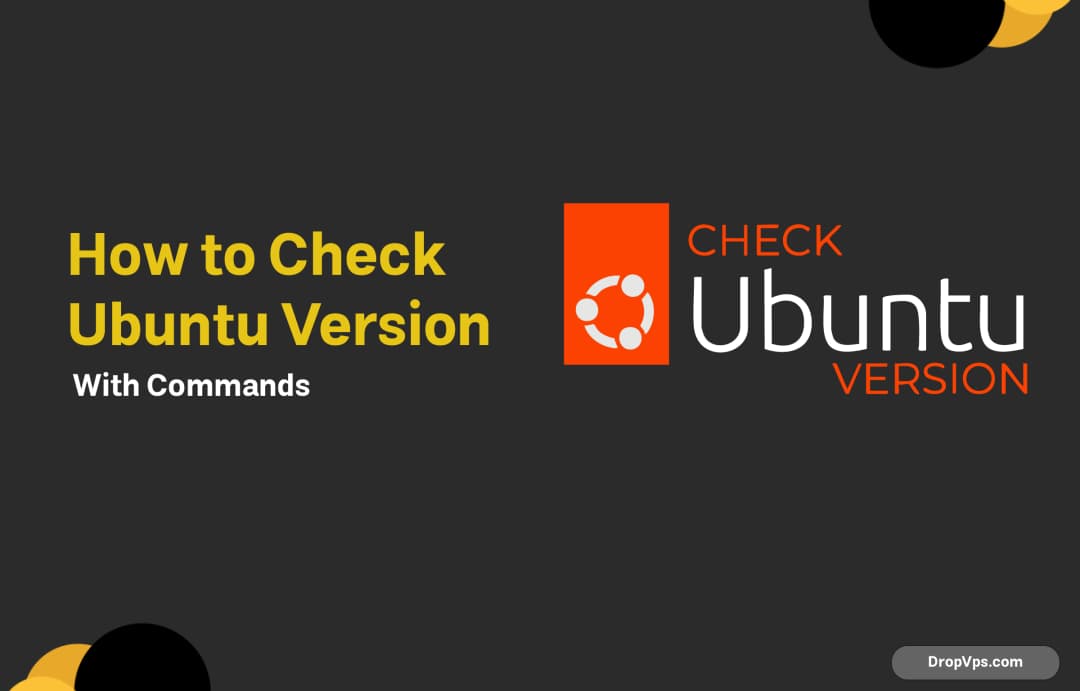Blog
Explore our handpicked selection of featured properties. Each listing offers a glimpse into exceptional homes and investments available through Estatein. Click "View Details" for more information.

How do I know if rsync is installed on Ubuntu
What you will read?1 Step 1: Launch Your Terminal2 Step 2: Execute the rsync Version Command3 Step 3: Handling the Not Found Error4 Step 4: Verify the Installation5 Step 5: Finding the Installation Path6 Why Use rsync? If you’re working with Ubuntu, especially in a server environment, having rsync at your disposal can be a…

How to Install Chrome in Ubuntu Terminal
What you will read?1 Step 1: Open the Terminal2 Step 2: Download the Google Chrome .deb Package3 Step 3: Install Required Dependencies4 Step 4: Install Google Chrome5 Step 5: Launch Google Chrome6 Step 6: Keep Google Chrome Updated7 Conclusion Installing Google Chrome on Ubuntu via the terminal is a straightforward process that can be accomplished…

Which country made Ubuntu?
What you will read?1 The Origins of Ubuntu2 The Development Process3 Ubuntu’s Global Impact When it comes to the world of open-source operating systems, Ubuntu stands out as one of the most popular and user-friendly distributions available. But have you ever wondered where this remarkable operating system originated? In this article, we’ll explore the roots…

What is AI?How Does AI Work?
What you will read?1 What is AI?2 Everyday Examples of AI3 How Does AI Work?4 Types of AI5 The Impact of AI6 Conclusion Artificial Intelligence (AI) is a term that’s frequently tossed around in today’s tech-driven world, but what does it really mean? For those who aren’t tech-savvy, the concept can seem daunting. In this…

How to check if Linux is 32bit or 64bit?
What you will read?1 Method 1: Using the uname Command2 Method 2: Checking the arch Command3 Method 3: Using the getconf Command4 Method 4: Checking the /proc/cpuinfo File5 Method 5: Using the file Command6 Conclusion When working with Linux, it’s essential to know whether your operating system is 32-bit or 64-bit. This distinction can significantly impact software compatibility, performance, and memory usage. If you’re managing…

How do I view the sudoers file?
What you will read?1 Accessing the Sudoers File2 Viewing the Sudoers File3 Additional Tips4 Conclusion When managing a Linux system, understanding and viewing the sudoers file is crucial for user permission management. The sudoers file determines who can execute commands as the superuser (root) or other users. In this article, we’ll guide you through the…

How do I open a file in the root terminal
What you will read?1 Understanding the Root Terminal2 Opening a File in the Root Terminal3 Tips for Efficient File Management If you’re managing a server or working on a Linux-based system, knowing how to open files in the root terminal is essential. In this article, we’ll guide you through the process step-by-step, ensuring you can…

How to Check Ubuntu Version with Commands
What you will read?1 Method 1: Using the Command Line2 Method 2: Checking the /etc/os-release File3 Method 3: Using the hostnamectl Command If you’re working with Ubuntu, whether for personal projects or in a professional environment, knowing your version of Ubuntu is crucial. Different versions have various features, updates, and support timelines. Method 1: Using the Command Line…

How to Hide Files in Ubuntu Without Code
What you will read?1 Using the File Manager2 Using the Terminal (No Code Required)3 Creating a Hidden Folder4 Using Privacy Settings5 Conclusion When it comes to keeping your files private, Ubuntu provides several user-friendly options that don’t require any coding skills. Whether you want to hide sensitive documents or simply declutter your file system, there…